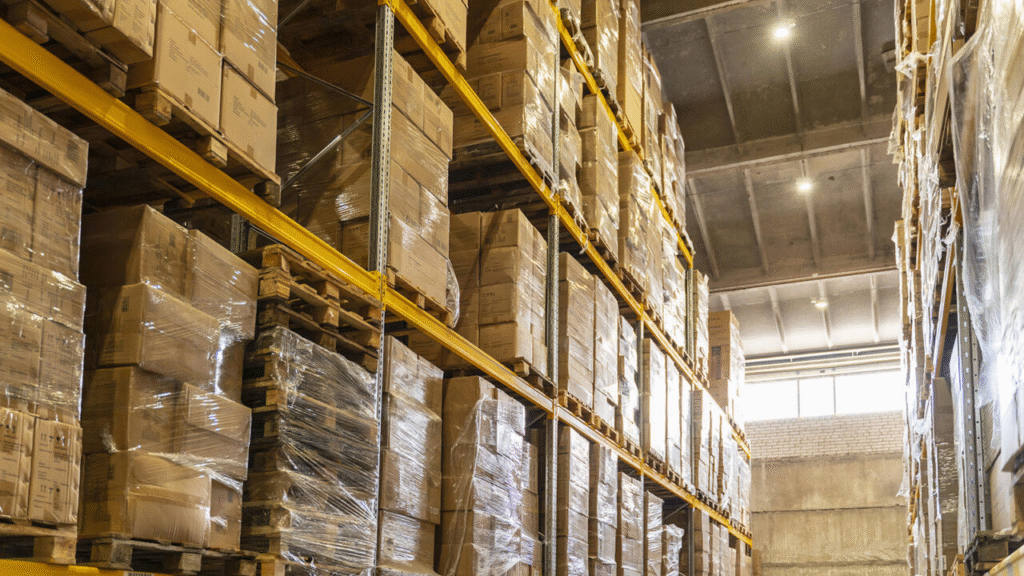For cross-border e-commerce sellers, rising tariffs and complex customs processes can increase costs and slow down deliveries. One effective solution many sellers overlook is the U.S. bonded warehouse. This guide explains what bonded warehouses are, why they matter, and how sellers can use them step by step.
What Is a U.S. Bonded Warehouse?
A bonded warehouse is a secure facility approved by U.S. Customs where imported goods can be stored without paying duties or taxes upfront. Sellers only pay tariffs when the goods leave the warehouse for U.S. domestic sale. This gives businesses more flexibility in managing cash flow and inventory.

Why Should Cross-Border Sellers Use Bonded Warehouses?
- Delay Duty Payments — Hold goods without paying import duties until you sell or move them.
- Improve Cash Flow — Reduce upfront costs and better manage working capital.
- Faster U.S. Delivery — Keep stock close to customers for quicker last-mile delivery.
- Re-export Flexibility — If you re-export goods, you may avoid U.S. duties altogether.
Types of bonded warehouses
There are eleven different classes of bonded warehouses authorized under U.S. customs regulations, each serving specific purposes:
- Class 1: Government-operated facilities primarily for seized merchandise
- Class 2: Private warehouses for storage of merchandise belonging to or consigned to the proprietor
- Class 3: Public warehouses used exclusively for the storage of imported merchandise
- Class 4: Bonded yards or sheds for heavy or bulky merchandise, including tanks for liquid storage
- Class 5: Bonded bins or parts of buildings for grain storage
- Class 6: Manufacturing warehouses for export-only production
- Class 7: Smelting and refining warehouses
- Class 8: Manipulation warehouses for cleaning, sorting, or repacking imported goods
- Class 9: “Duty-free stores” for conditionally duty-free merchandise
- Class 10: International travel merchandise warehouses
- Class 11: General Order (G.O.) merchandise warehouses
Most importers use Class 2 (private) or Class 3 (public) bonded warehouses for their storage needs.

How to Use a U.S. Bonded Warehouse: Step by Step
1.Choose a Licensed Bonded Warehouse
Look for a warehouse near key U.S. ports or cities where your main customers are located. Make sure it’s properly licensed by U.S. Customs.
2.Arrange Shipping and Documentation
Ship your goods to the U.S. with the correct paperwork, including a bonded warehouse entry form. Work with your freight forwarder or customs broker for smooth processing.
3.Store Goods Under Bond
Once in the warehouse, your products can stay for up to five years without paying duties, giving you time to plan sales or re-export.
4.Release Goods When Needed
When you’re ready to sell in the U.S., submit the required customs forms, pay applicable duties, and release the products for domestic distribution.
5.Monitor Compliance
Ensure you comply with U.S. customs regulations to avoid penalties or delays.
Conclusion
For cross-border e-commerce businesses, U.S. bonded warehouses offer an effective way to reduce costs and improve flexibility in a high-tariff environment. By understanding the basics and following the right steps, sellers can expand smoothly into the U.S. market while keeping operations efficient and cost-effective.




